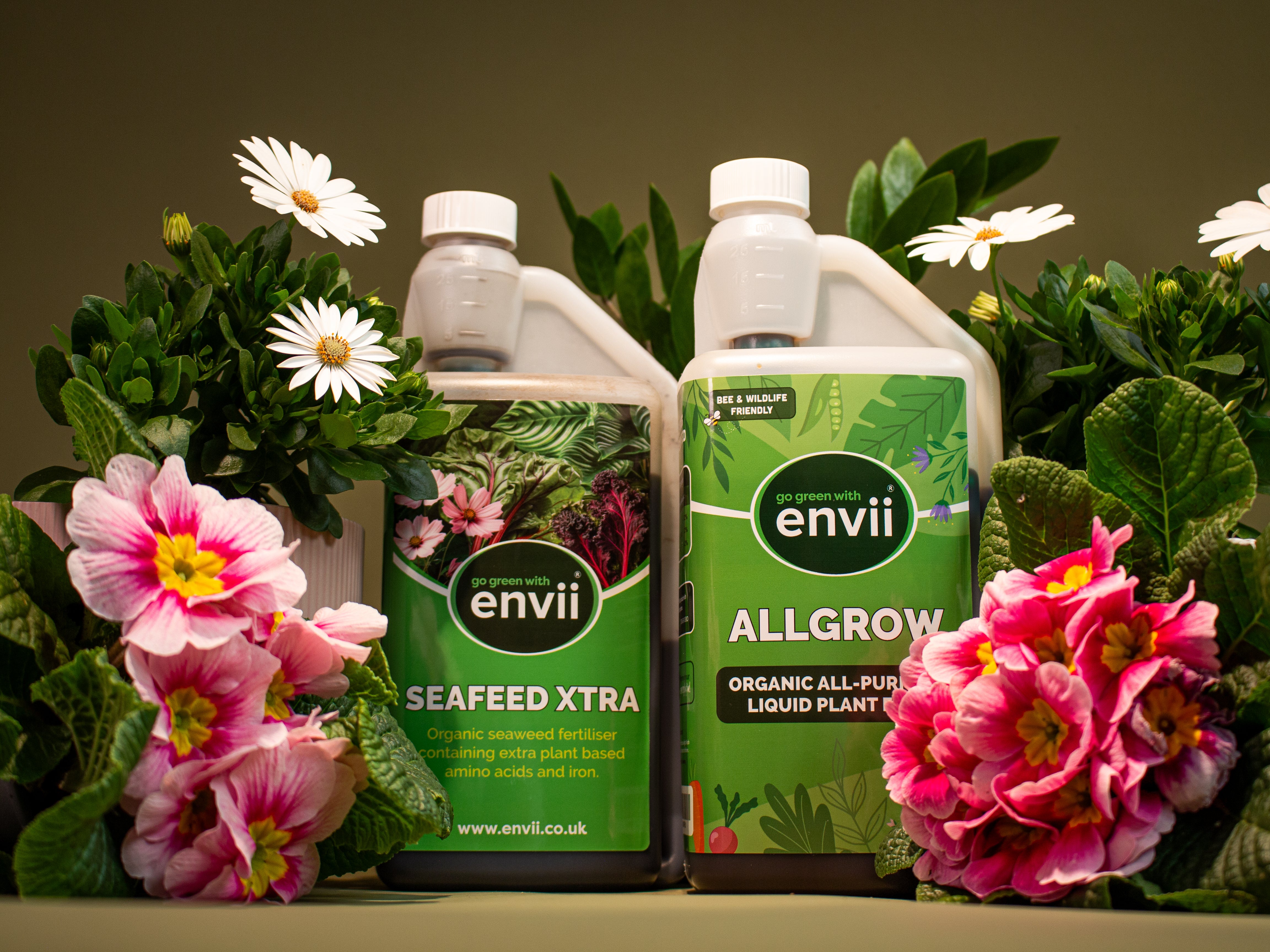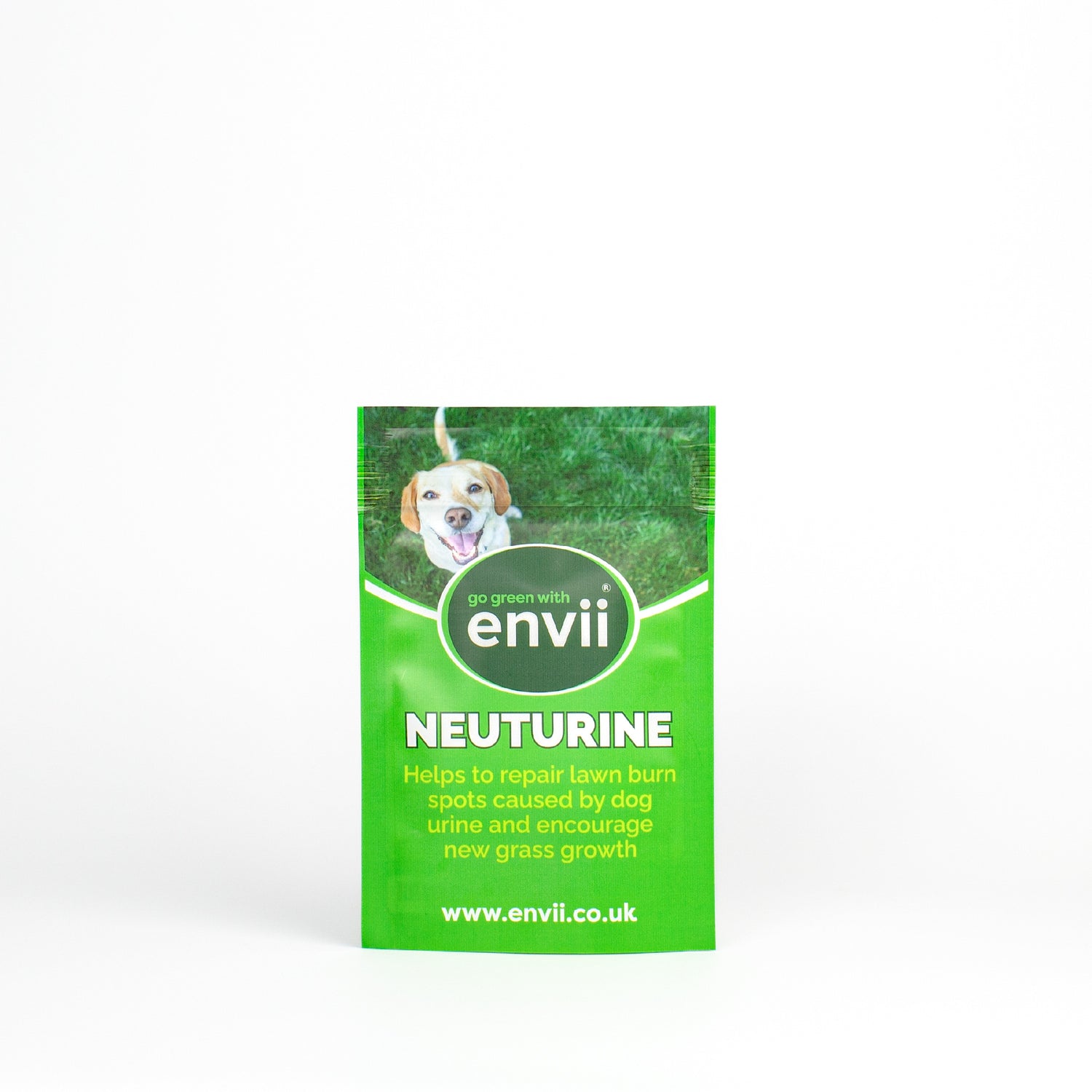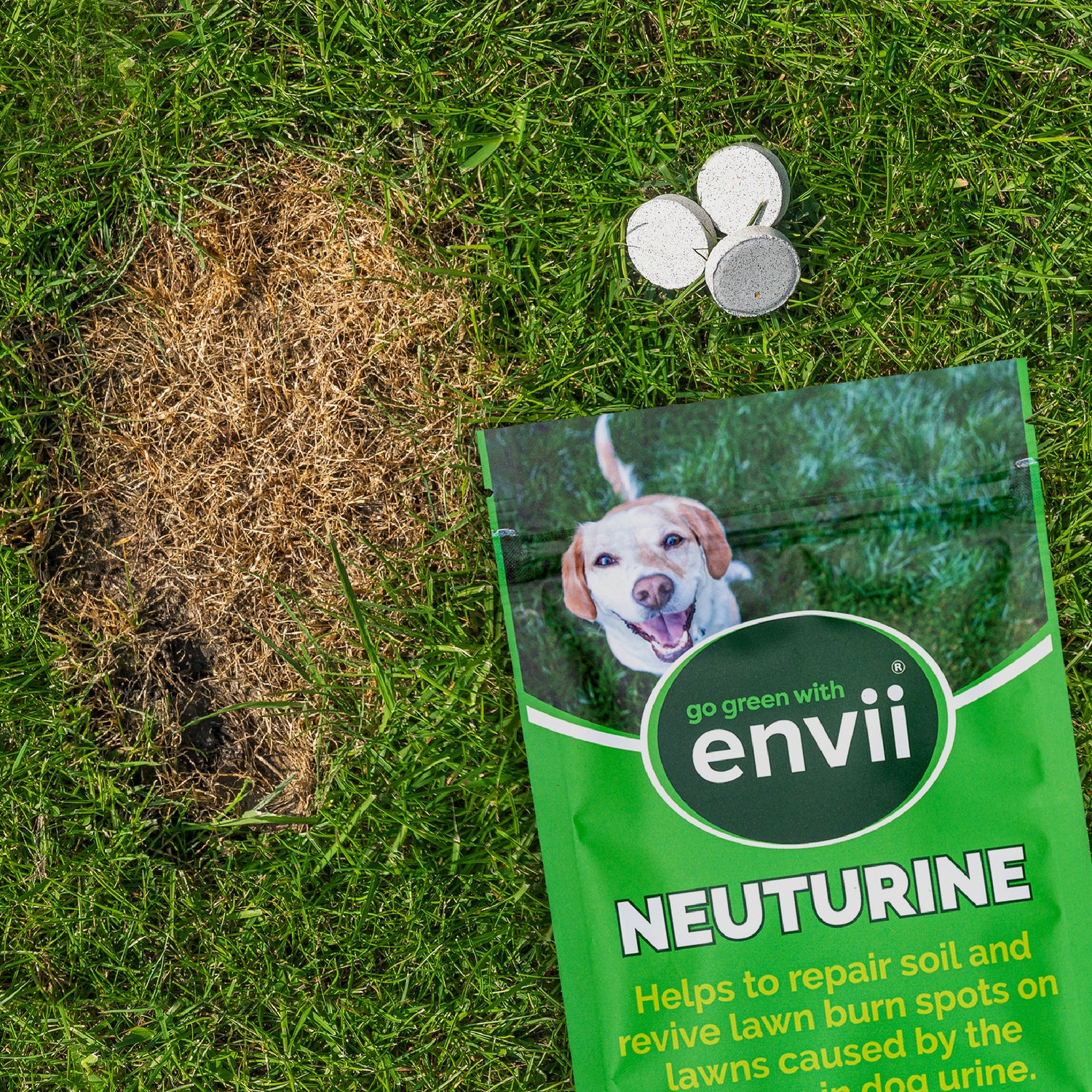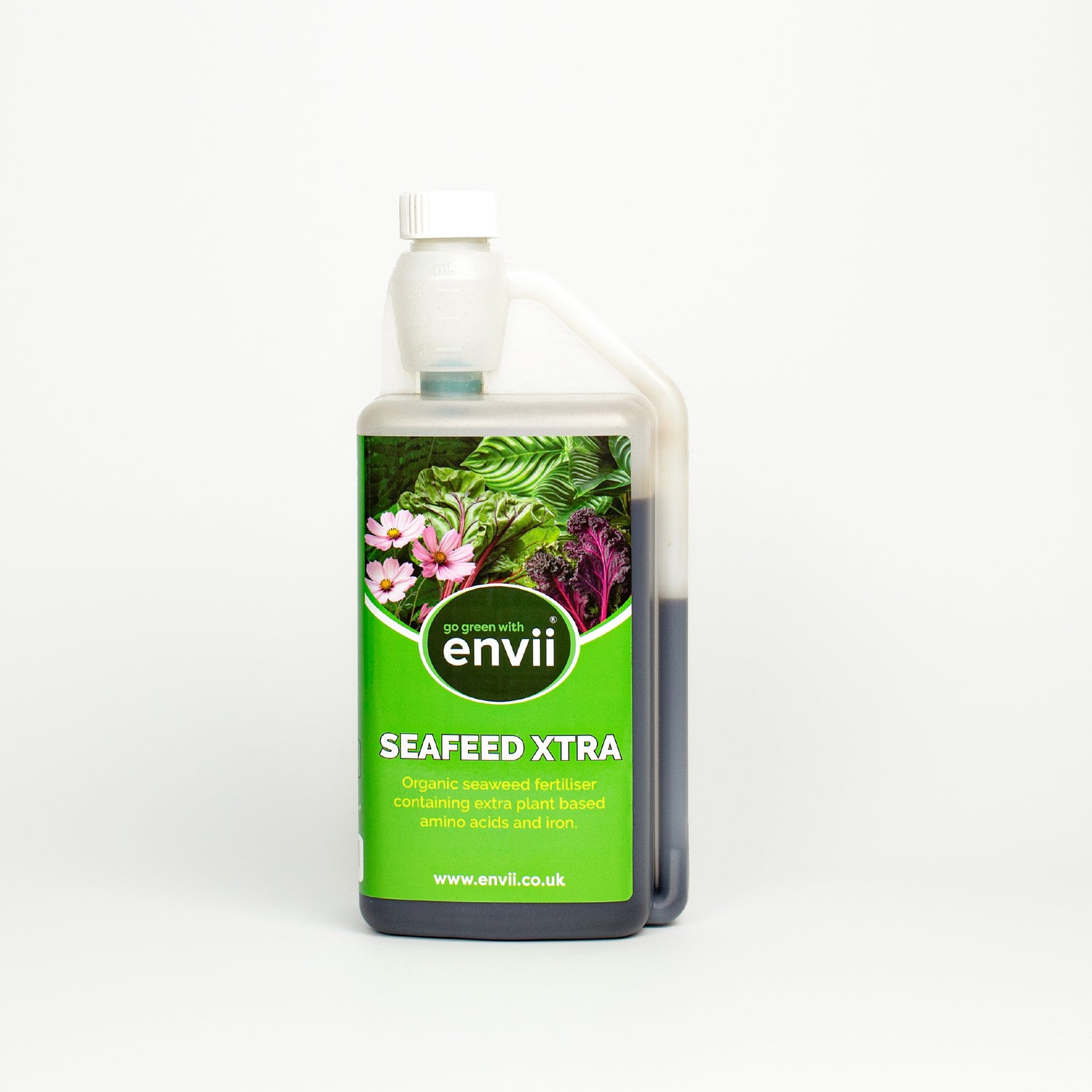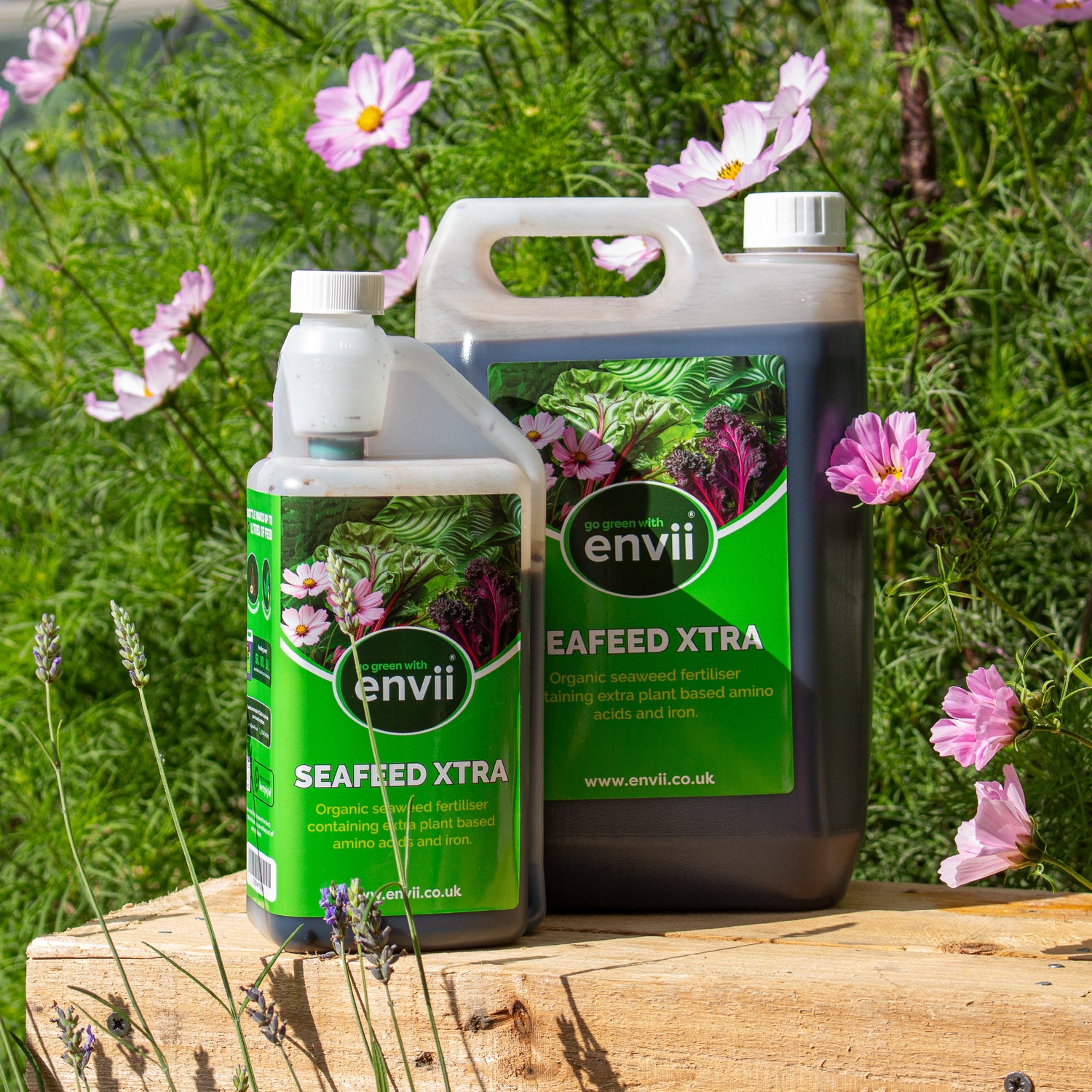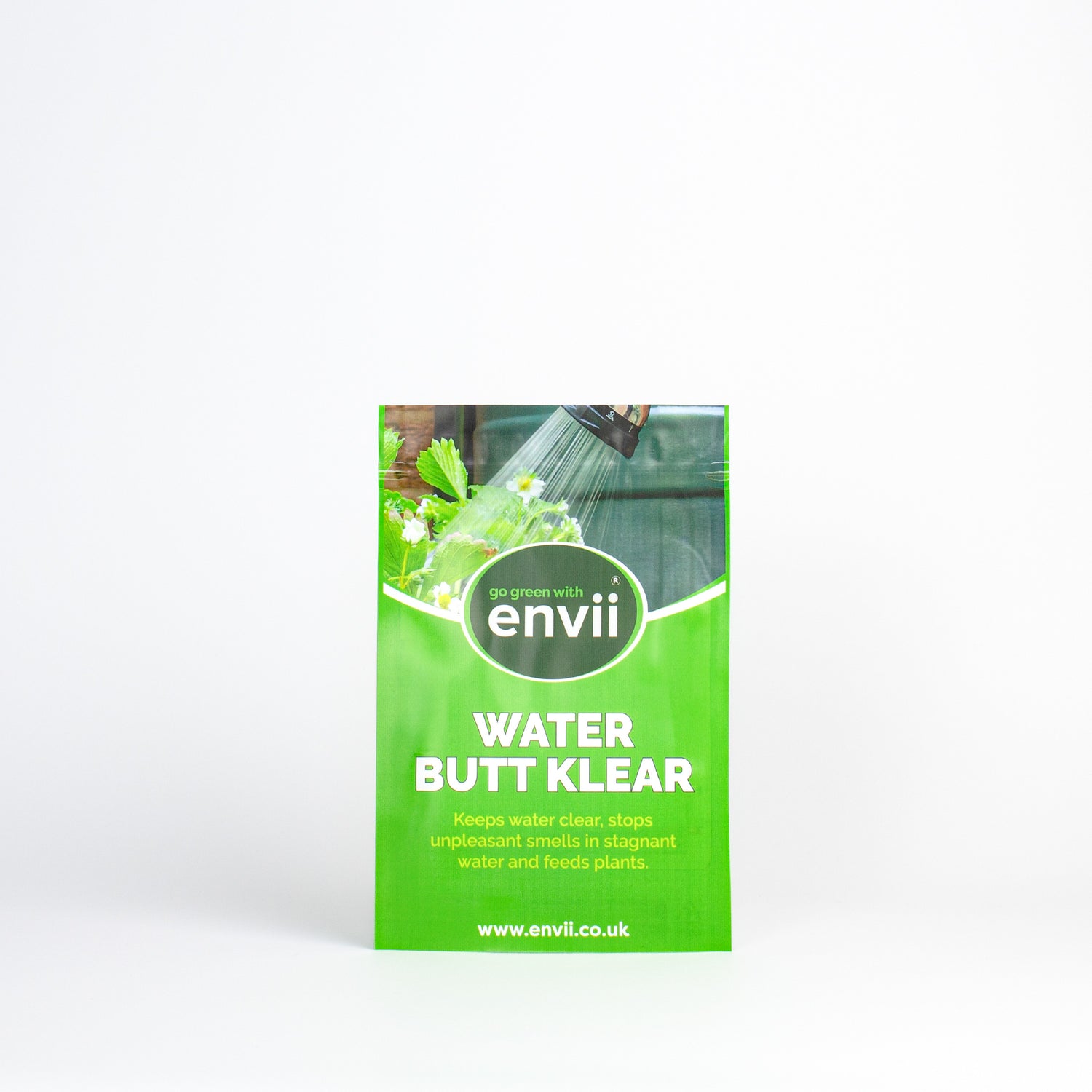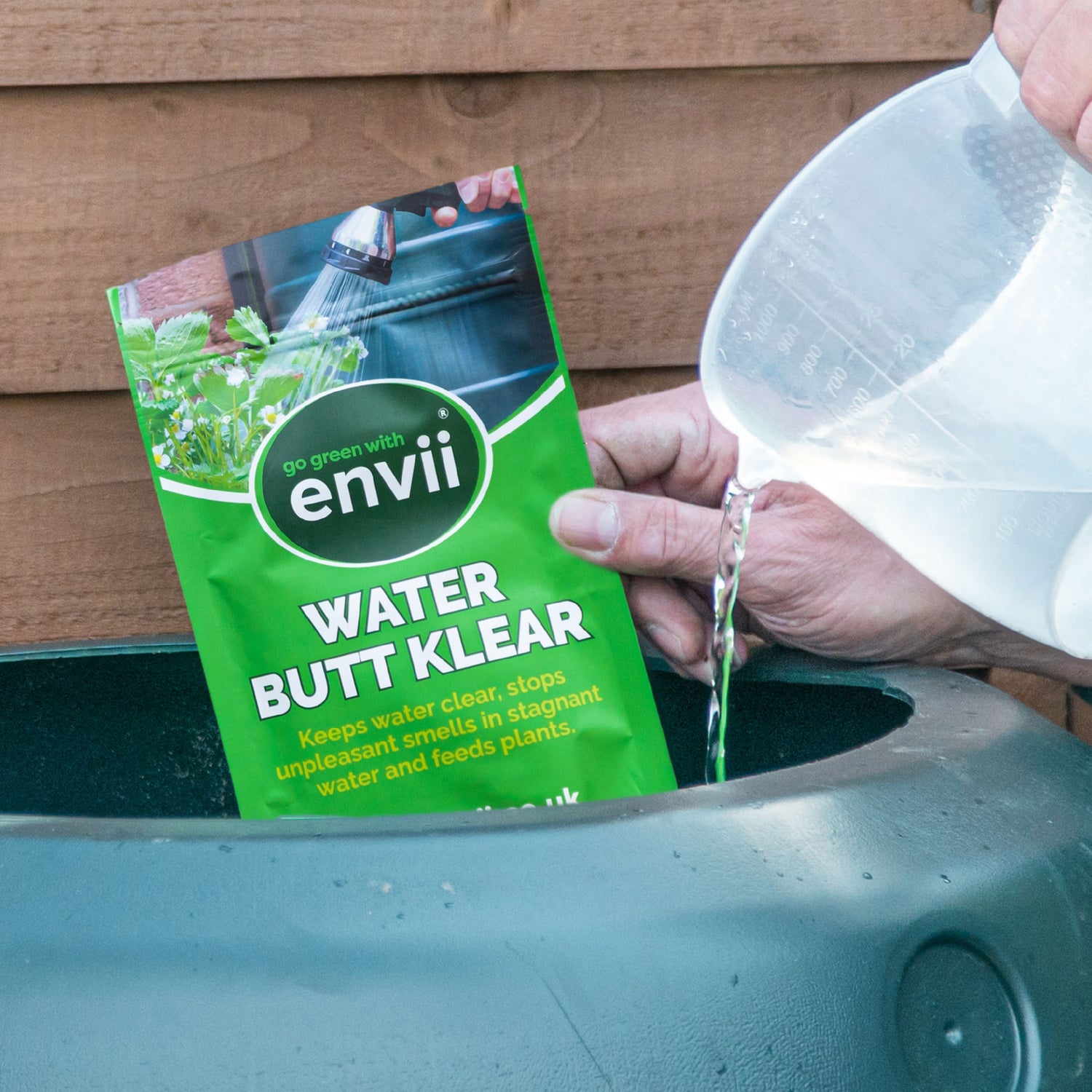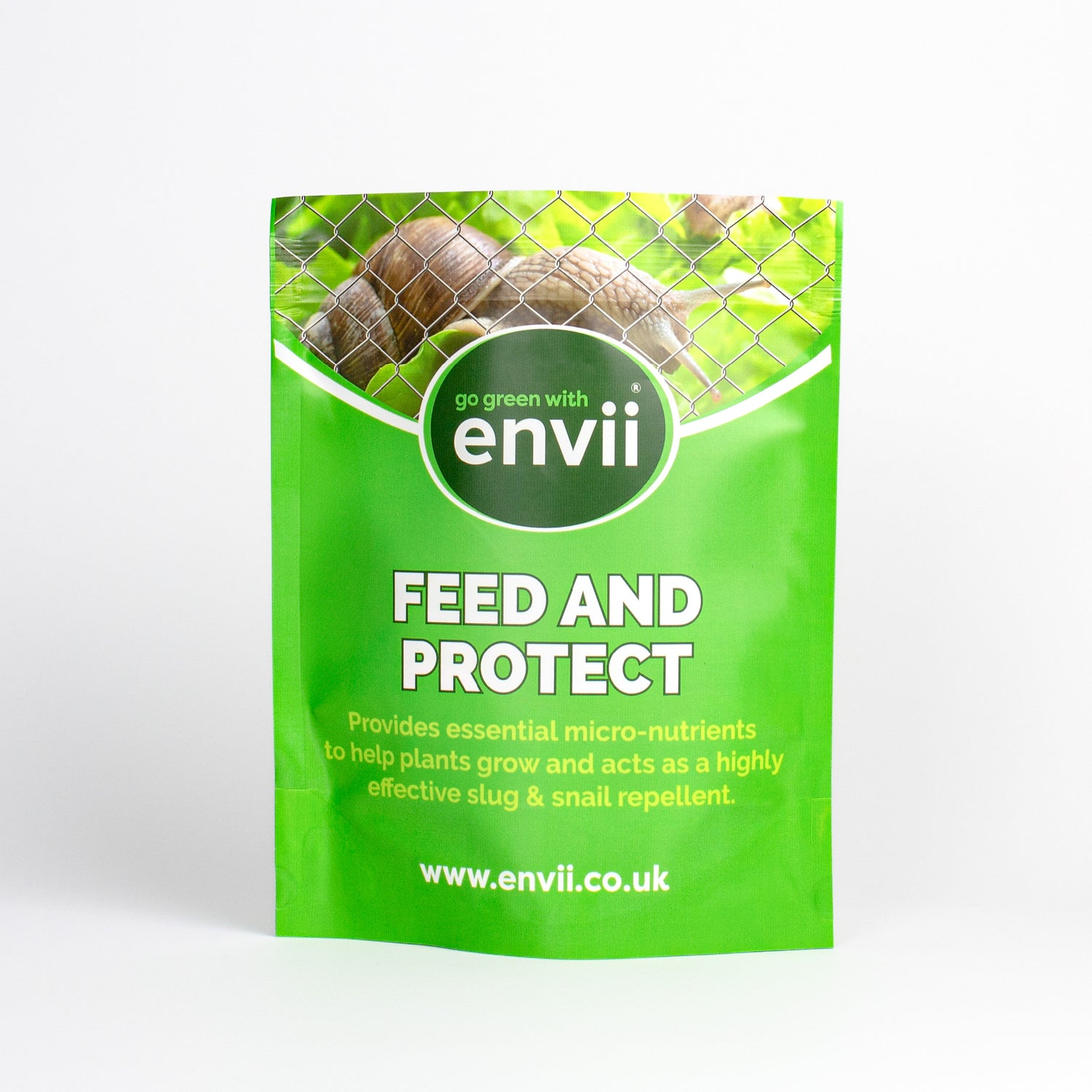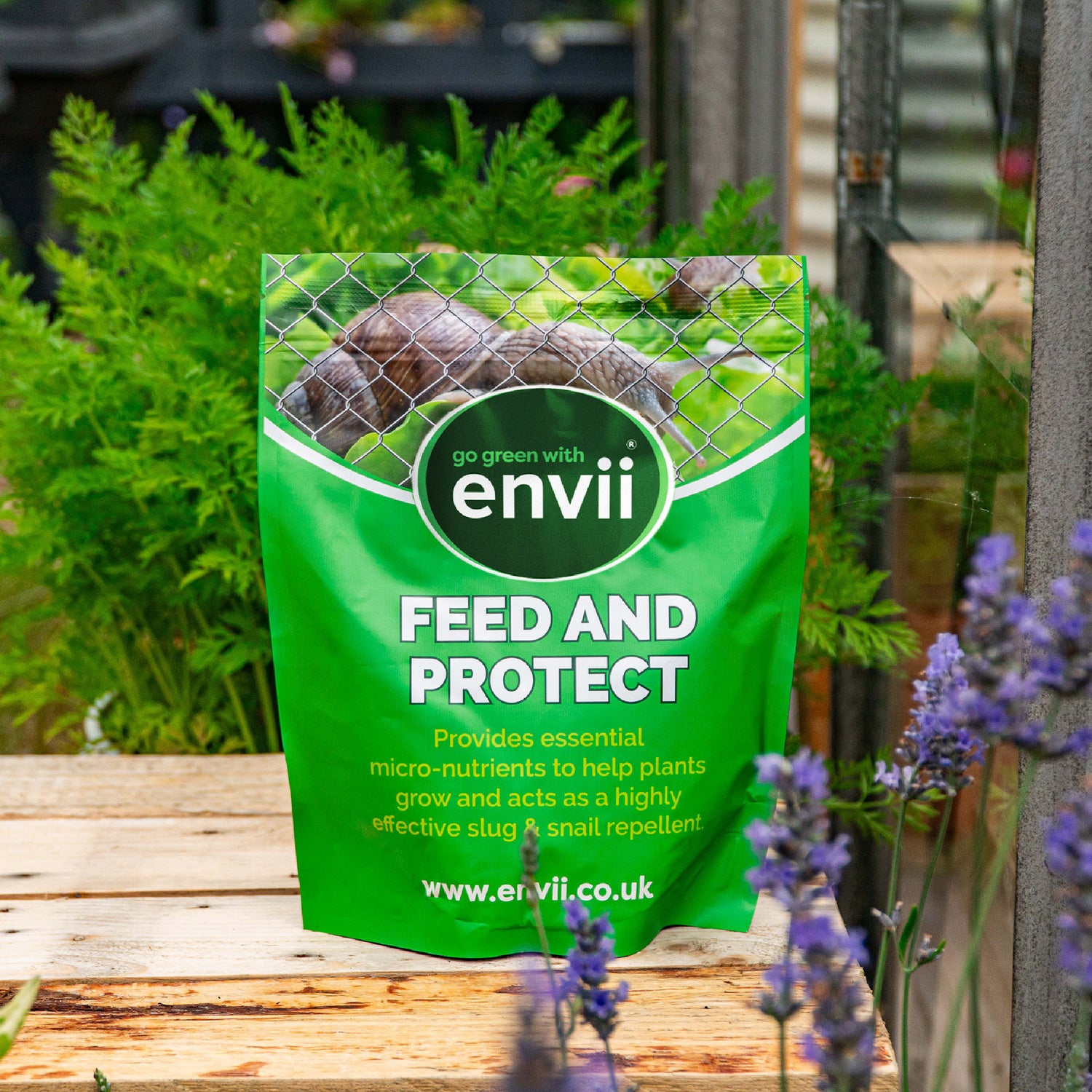When it comes to gardening, many practices and techniques can be adopted. All of which come with their advantages and flaws. In this blog, we will delve into the benefits and potential problems that come with permaculture growing, not to mention give you some practical tips on how to start your permaculture journey if you so wish.
What is a permaculture garden?
Permaculture gardens are designed to carefully consider the relationships between plants, animals, and the environment to ensure long-term sustainability. Therefore, rather than planting in separate beds or plots and growing the same crop in each space, plants are grown together. This is done by adopting techniques such as companion planting to mimic growing in natural ecosystems.
How does permaculture growing work?
This method prioritizes supporting plant growth naturally and organically. Rather than using chemical fertilisers, natural alternatives are used, and practices such as composting, mulching, and cover cropping are used. Saving water is an integral part of permaculture through harvesting rainwater.
When it comes to planting, a diverse range of plants, crops, and flowers are incorporated to not only create bountiful harvests but also attract pollinators and beneficial insects.
So what are the benefits of permaculture growing?
Sustainability
The main benefit of permaculture is that it focuses on environmental sustainability. Not only is the design harmonious with nature, through conserving resources and enhancing biodiversity, but it adopts organic practices. This can include natural pest control methods and conserving water, such as utilising rainfall.
Food Security
By incorporating perennial crops, food forests, and planting in succession, you can create a self-sustaining growing environment that will create a continuous stream of fresh and organic produce. This will extend the growing season and, when combined with food preservation, can lead to homegrown food all year round.
Soil Health
Soil health is important when it comes to gardening, however, it is something that holds particular importance in permaculture growing. Techniques such as composting and mulching are encouraged to increase fertility and biological activity. This will lead to healthy root systems and stronger plants.
Water Efficiency
Water is sacred in permaculture growing, and efforts are taken to ensure it does not go to waste. Strategies are used such as storing water in water butts are taken. This is particularly important in areas that may face water scarcity.
Potential Problems with Permaculture
- – Creating a functional and productive permaculture garden may involve significant effort and time initially to set up.
- – Education surrounding ecological relationships and natural patterns must be done.
- – Although a permaculture garden is designed to be self-sustaining, some maintenance is needed to maintain a balance.
- – The location of your permaculture garden will have a big impact on the growing capabilities available, for example, the soil quality and the amount of sunlight.
- Mix up the plants that are in your garden beds and try companion planting.
- Increase pollinators in your garden by planting wildflowers or building a bug hotel.
- If you are suffering from poor soil health or clay soil in your growing space, consider increasing soil fertility and aeration with Envii Activearth.
- Collect rainwater, consider buying a water butt and connecting it to the guttering on your shed, greenhouse or home. Discover the benefits of water butts here.
- Scrap any chemical fertilisers, and use a natural alternative such as Envii Seafeed Xtra.
- Observe and adapt. It is not something that can happen overnight. Be patient and do what feels natural in the garden.
